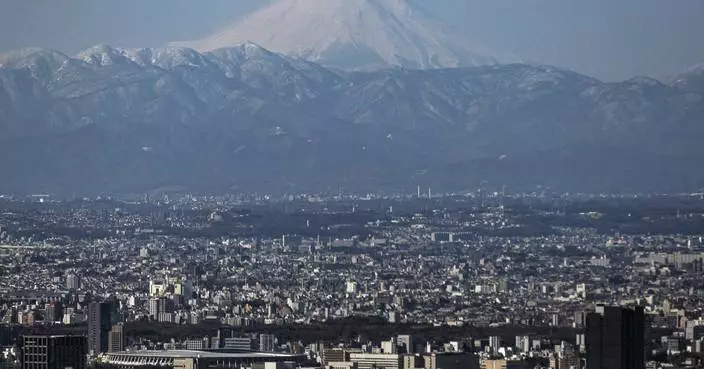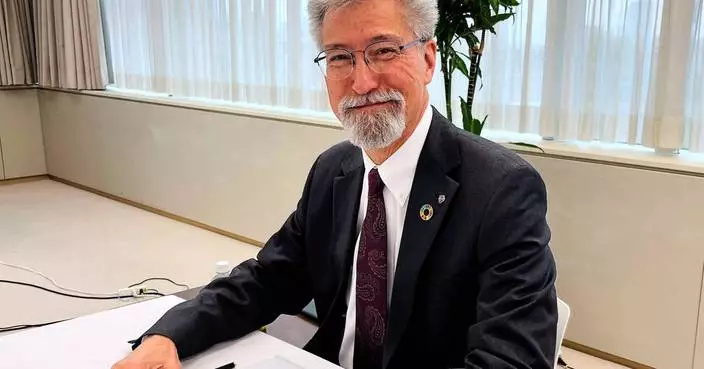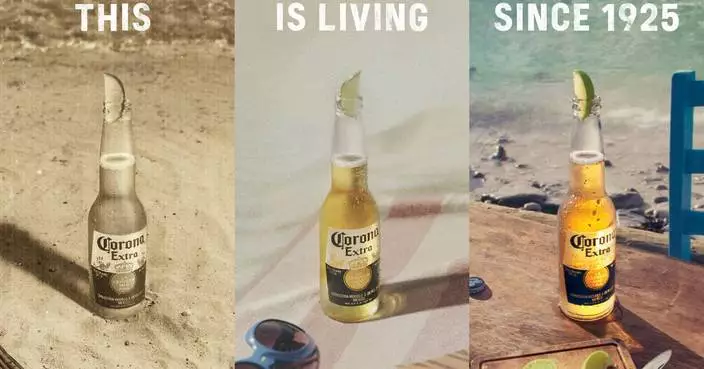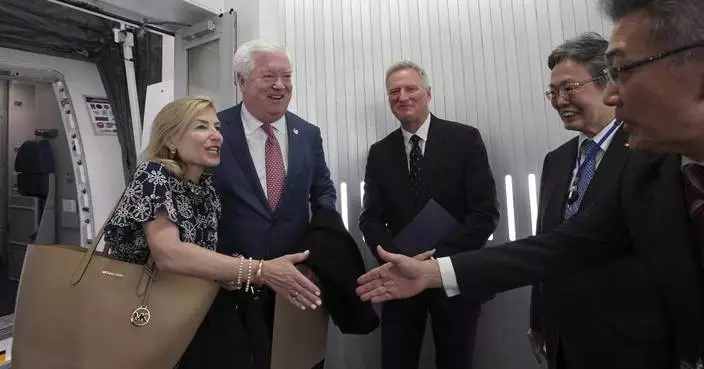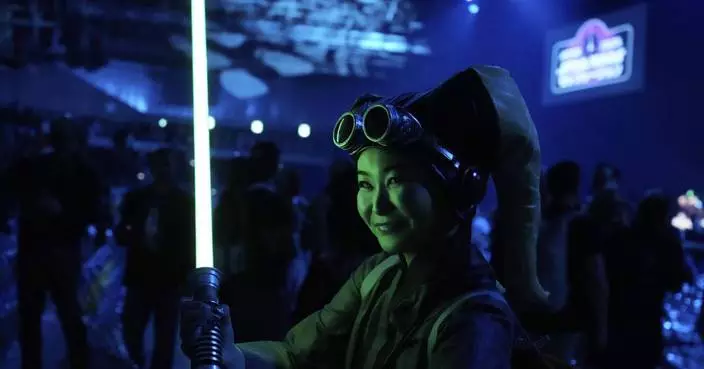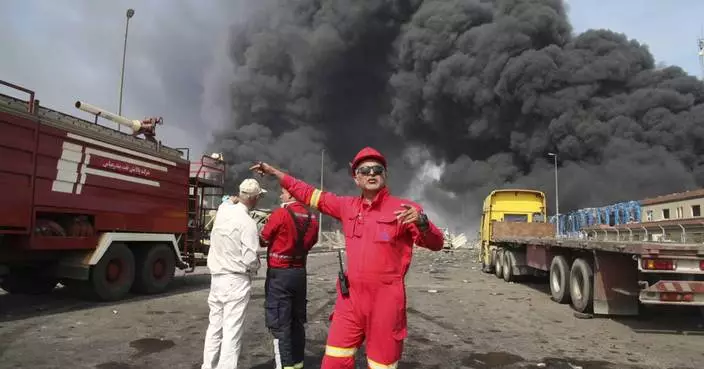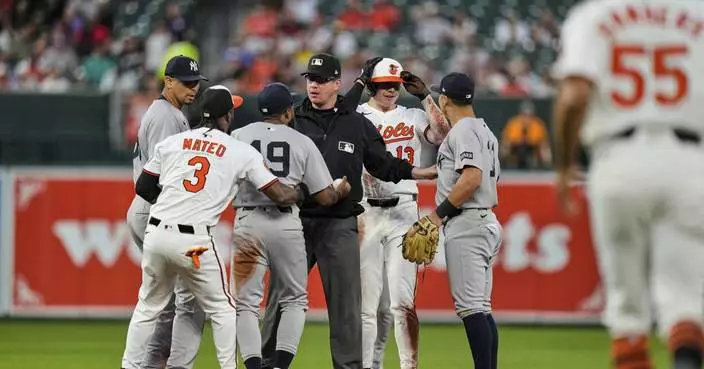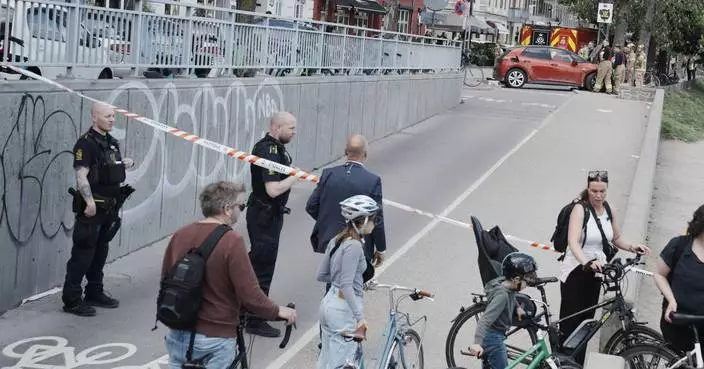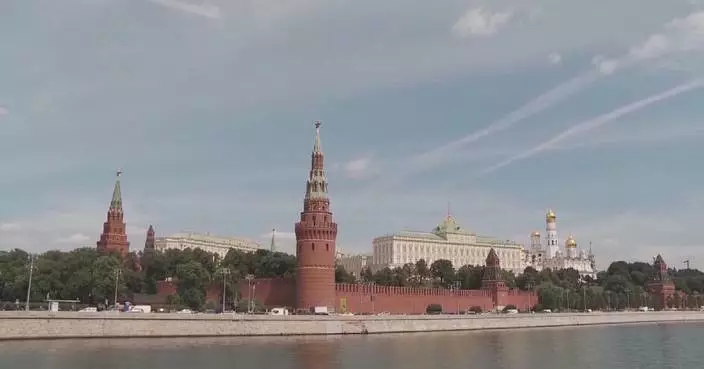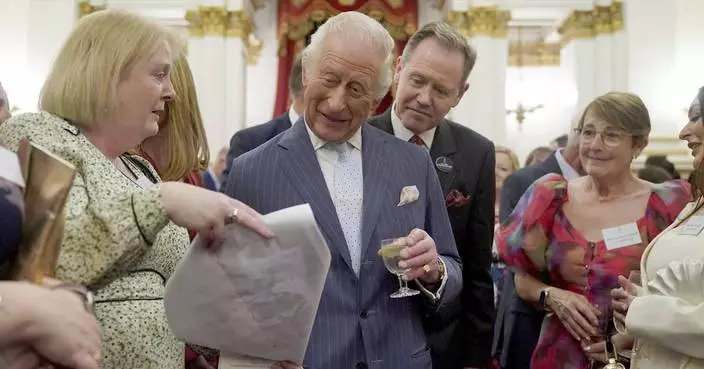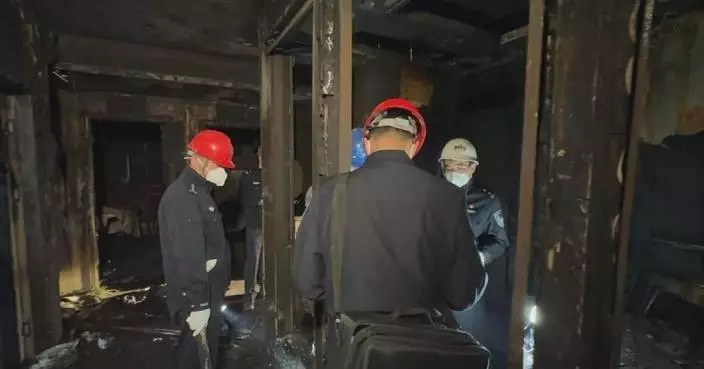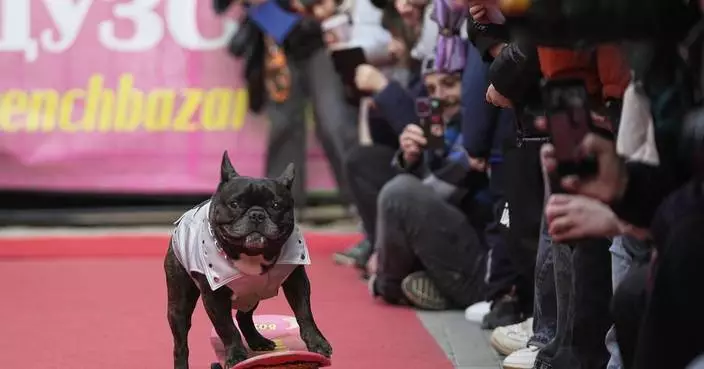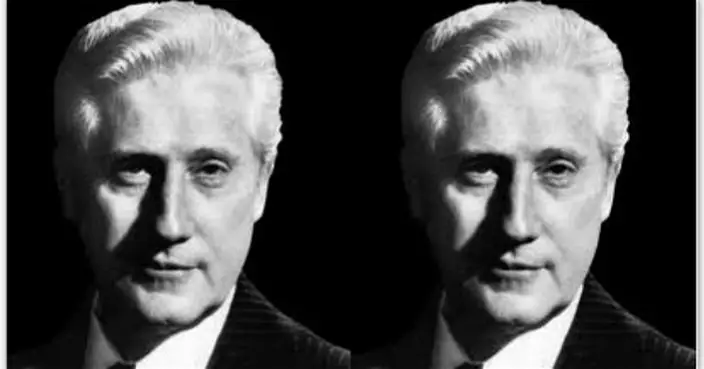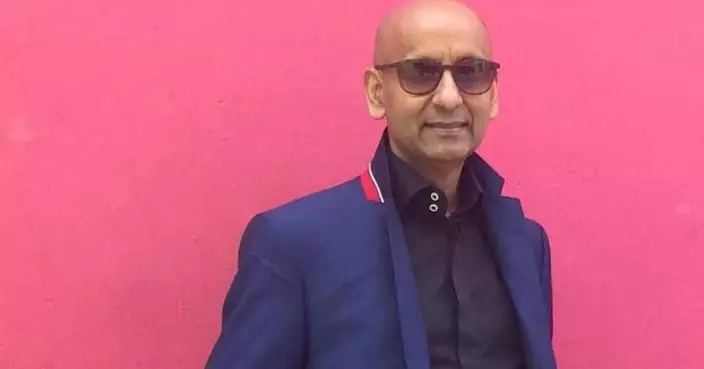A rare Golin Shark was washed up on a beach in Ose, Shizuoka Prefecture, to the south of Mount Fuji and a Japanese Twitter user captured and posted it on the Internet.
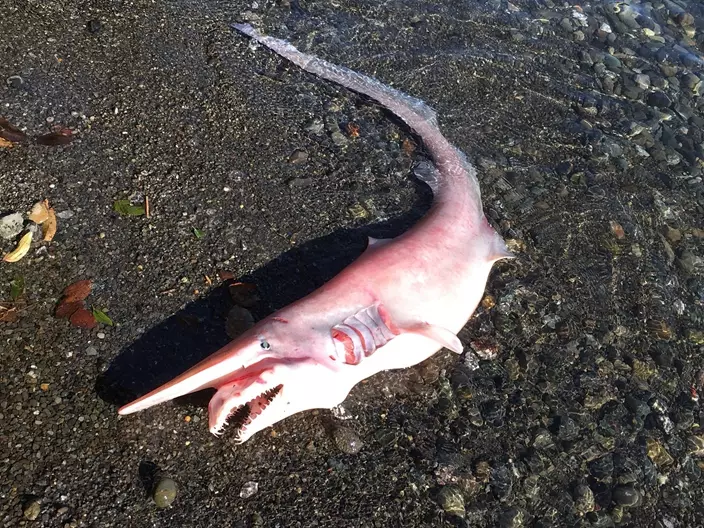
The species of the shark look fierce with its long nose and hidden mouth. It usually lives thousands of feet under the sea. They extend their mouth when they found food to eat.
Goblin sharks seldom swim near the surface of the ocean so why this young shark washed ashore is still a question.
MISSISSAUGA, Ontario (AP) — Donald Trump cast a long shadow over Canada's national election — and many Canadian voters noticed.
In his first 100 days back in the White House, the U.S. president has lobbed barbs at America's northern neighbor, levied tariffs on Canadian goods and talked about making Canada the 51st state.
It had many Canadian voters thinking about Trump and how the parties on the ballot would respond to him. Prime Minister Mark Carney's Liberals won over Conservative opposition leader Pierre Poilievre, a dramatic reversal of fortune credited largely to Trump.
Here are some voices from voters casting their ballots in Monday's elections:
In Toronto, Reid Warren said he voted Liberal because he saw the party as the best amid what he characterized as “real uncertainty” in the economy particularly.
“I don’t think there is a better choice right now,” he said, voting in Toronto. "I know people believe in Poilievre but it’s the same, like, soundbites that you get from anybody else. It sounds like mini-Trump to me.”
Warren, who works at a wholesale food distribution center, said he did feel somewhat boosted by unity among Canadians created by “all the shade being thrown from the States,” but ‘it's definitely created some turmoil, that’s for sure."
“There’s only so many times that you can hear, you know, ’51st state’ and ‘governor this’ and all that disrespect that’s coming that you have to think, you know, at some point you have to take it seriously," said Duncan Garrow, a resident of Toronto.
"In a very bizarre, upside down, twisted way, this might be a good thing for Canada, because I think maybe we’ve had too much of a relationship with the United States. I mean, they’re right there, they’re always going to be our neighbor, our partner, our friend, hopefully. But thinking about other possibilities, thinking about cutting down some of our own barriers within Canada, but also thinking more internationally, just as a country, I think that’s a very healthy, progressive way to be going forward.”
Sisters Laiqa and Mahira Shoaib said they both voted for change in Monday’s election, and both said Trump's rhetoric and tariff plans influenced their decision.
The sisters, who immigrated from Pakistan a decade ago and voted in Mississauga, Ontario, said the economy has worsened and job opportunities have dried up under Liberal rule.
“It was different when we arrived,” Laiqa Shoaib said after casting her ballot. “We need to get out of Liberals.”
Laiqa, 27 and a health care worker, voted for the New Democratic Party. Mahira, 25, who works at a bank, supported the Conservative Party, and Poilievre, whom she described as “business-minded.”
“We would definitely be the 51st state if Mark Carney wins,” she said.
Kinnard reported from Chapin, South Carolina. She can be reached at http://x.com/MegKinnardAP
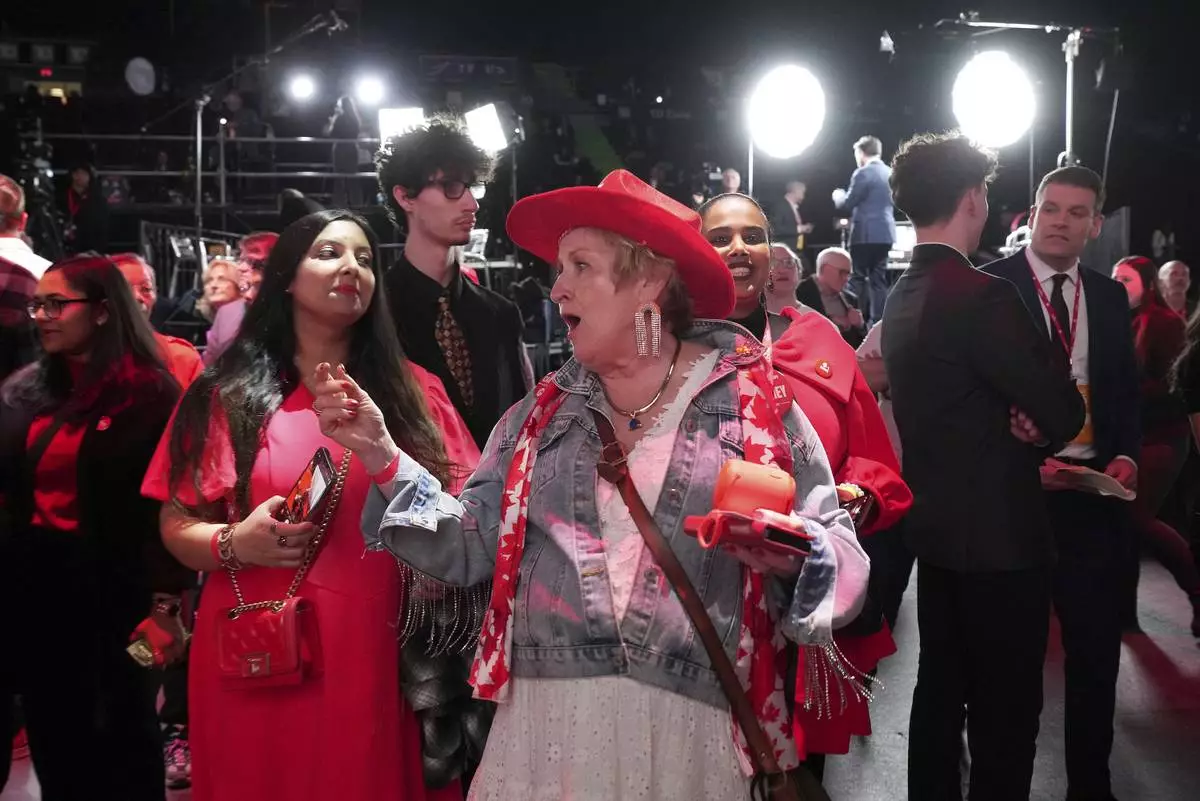
Liberal Party's supporters cheer on results at the party election night headquarters in Ottawa, Monday, April 28, 2025. (Nathan Denette/The Canadian Press via AP)






